Exactly: How Precision Engineers Created the Modern World | 做自己 - 2024年7月

Exactly: How Precision Engineers Created the Modern World
以嶄新的視角帶我們認識當代社會的誕生──對「精準」的追求
少了它,這世界就不會有鏡子、鏡頭、槍
更不用說什麼基因剪接、微晶片和強子對撞機了!
《天才、瘋子、大字典家》暢銷作家賽門‧溫契斯特Simon Winchester帶我們橫跨美國、西歐至亞洲,審視工業時代到數位時代最高端的製作技術,而這一切技術不可少的要素即是:精準。
製造業之所以能夠蓬勃發展,可以說要歸功於人們在精準上所下的苦工。十八世紀工業革命時,人們立下一套精準的測量基準,於是可以生產更多製作機器的機器,並發展成一個獨立產業。接著,這種以機器量產的方式被廣泛地應用到各種製造業,舉凡槍械、玻璃乃至鏡子、鏡頭及相機皆如此量產。最後,人們更進一步有了重大的突破,由此發展出基因剪接、微晶片和強子對撞機等劃時代的精密儀器和技術。
賽門‧溫契斯特追溯到工業革命的起源---英國,逐一介紹幫助我們開創當代製造業的科學先鋒:約翰‧威爾金森(提出可用於蒸汽機製造新的精密鏜孔加工技術)、亨利‧莫茲利(發明車床)、約瑟夫‧布拉默(改進馬桶技術、發明圓筒鎖)、傑西‧拉姆斯登(製作世界上第一臺功能完善的螺旋切割機床)、約瑟夫‧惠特沃斯(製作可測出誤差萬分之一英吋的測長機)。隨後,湯瑪斯‧傑佛遜將這些技術引進美國,才讓美國成了全球製造業巨頭。
然而,我們是否只顧著追求極致精準,忽視了其他珍貴的事物,如傳統陶藝、藝術和文化?我們是否只顧著相信我們所認定的世界的樣貌,忽視了這世界真實的模樣?精準和自然又是可以共存的嗎?除了講述精準何以重要、介紹各式測量工具及其如何被發明和完善,賽門‧溫契斯亦探討了精準可能帶來的問題。(文 / 博客來編譯)
The revered New York Times bestselling author traces the development of technology from the Industrial Age to the Digital Age to explore the single component crucial to advancement—precision—in a superb history that is both an homage and a warning for our future.
The rise of manufacturing could not have happened without an attention to precision. At the dawn of the Industrial Revolution in eighteenth-century England, standards of measurement were established, giving way to the development of machine tools—machines that make machines. Eventually, the application of precision tools and methods resulted in the creation and mass production of items from guns and glass to mirrors, lenses, and cameras—and eventually gave way to further breakthroughs, including gene splicing, microchips, and the Hadron Collider.
Simon Winchester takes us back to origins of the Industrial Age, to England where he introduces the scientific minds that helped usher in modern production: John Wilkinson, Henry Maudslay, Joseph Bramah, Jesse Ramsden, and Joseph Whitworth. It was Thomas Jefferson who later exported their discoveries to the fledgling United States, setting the nation on its course to become a manufacturing titan. Winchester moves forward through time, to today’s cutting-edge developments occurring around the world, from America to Western Europe to Asia.
As he introduces the minds and methods that have changed the modern world, Winchester explores fundamental questions. Why is precision important? What are the different tools we use to measure it? Who has invented and perfected it? Has the pursuit of the ultra-precise in so many facets of human life blinded us to other things of equal value, such as an appreciation for the age-old traditions of craftsmanship, art, and high culture? Are we missing something that reflects the world as it is, rather than the world as we think we would wish it to be? And can the precise and the natural co-exist in society?
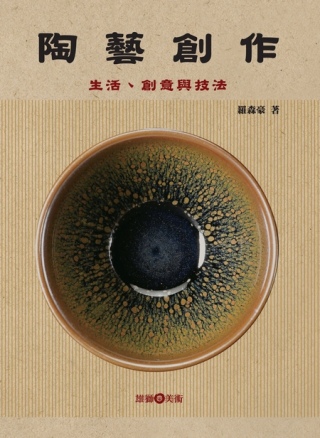 陶藝創作:生活、創意與技法
陶藝創作:生活、創意與技法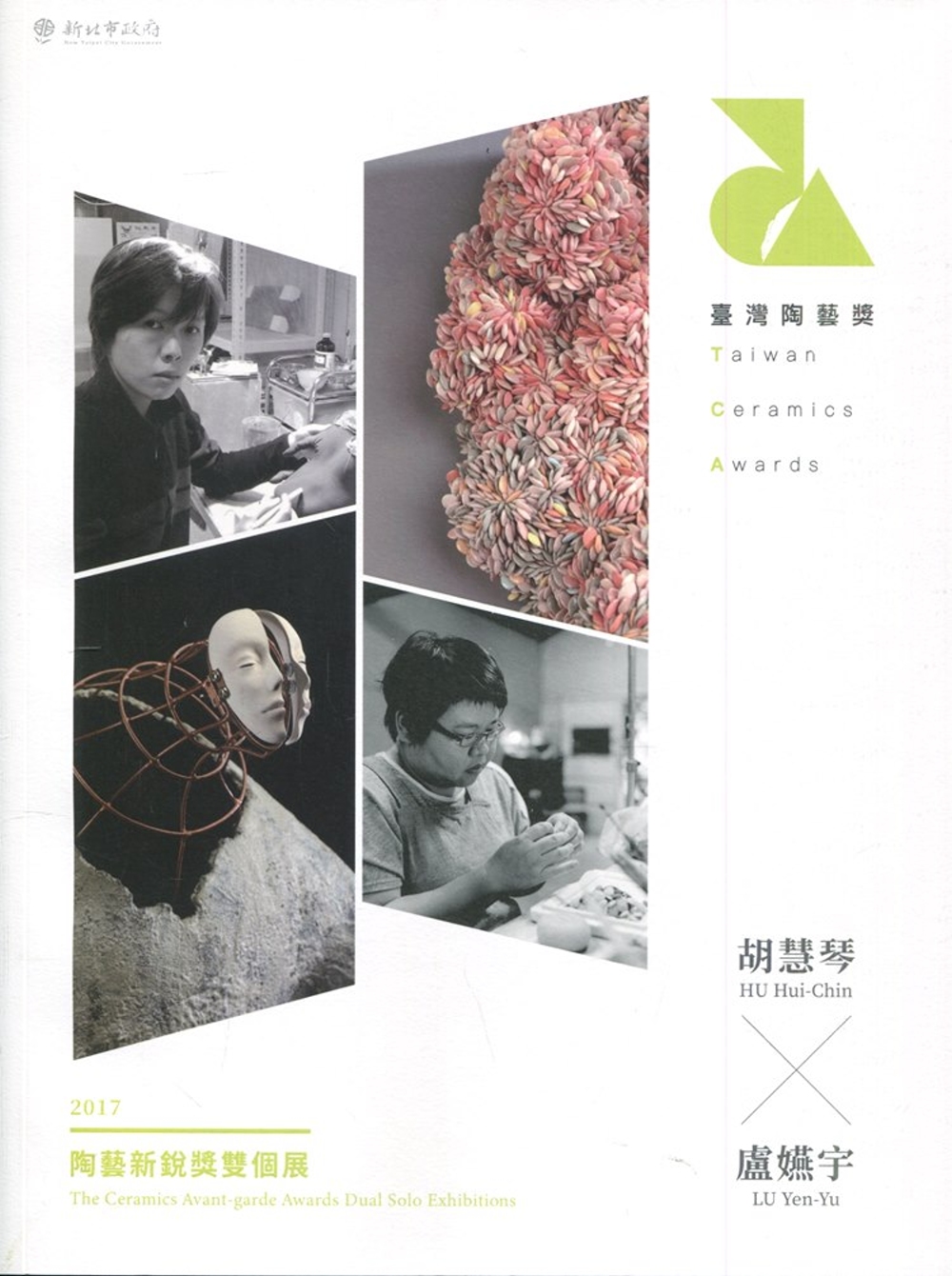 2017陶藝新銳獎雙個展 胡慧琴x盧嬿宇
2017陶藝新銳獎雙個展 胡慧琴x盧嬿宇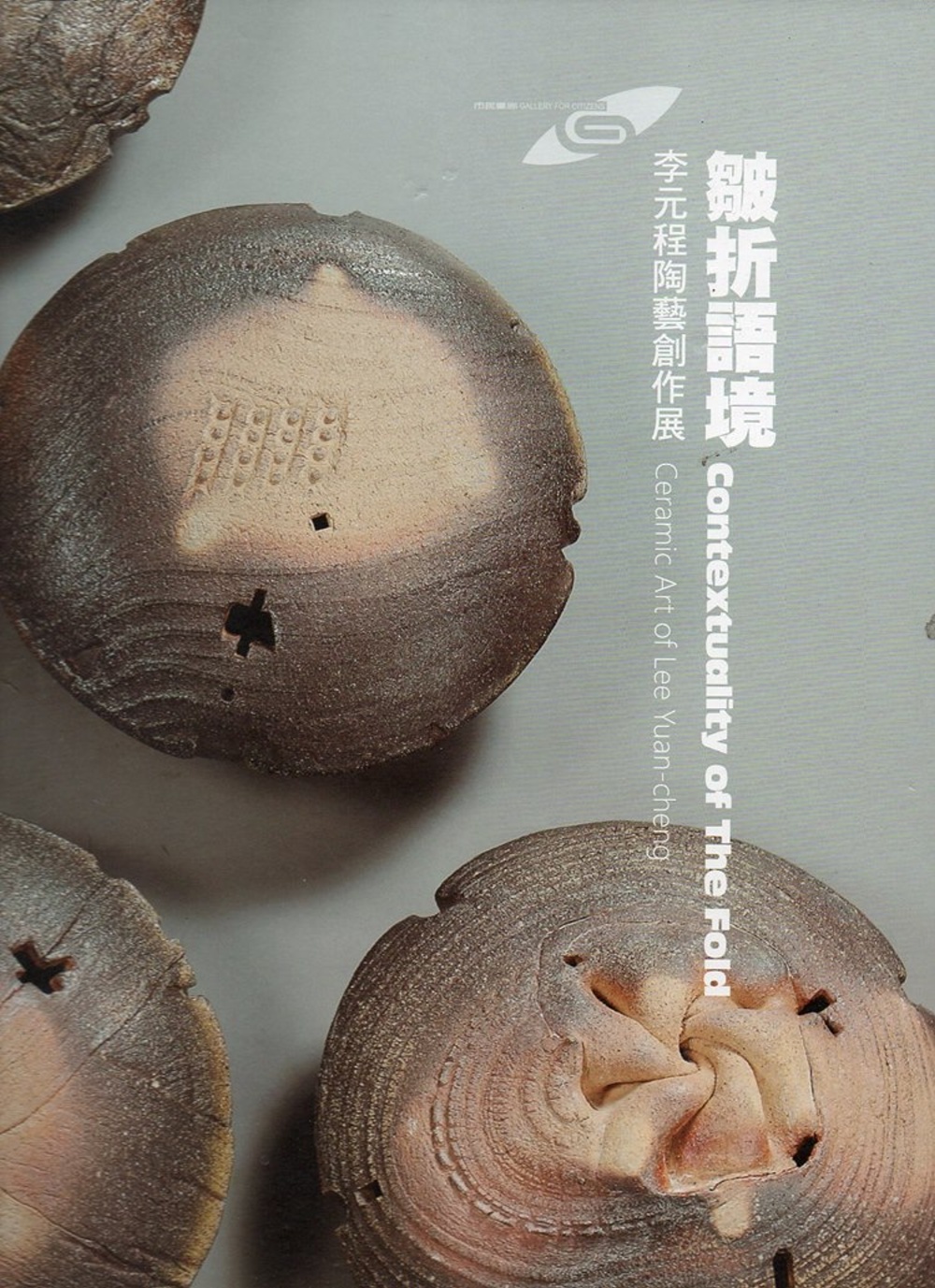 皺折語境—李元程陶藝創作展(精裝)
皺折語境—李元程陶藝創作展(精裝)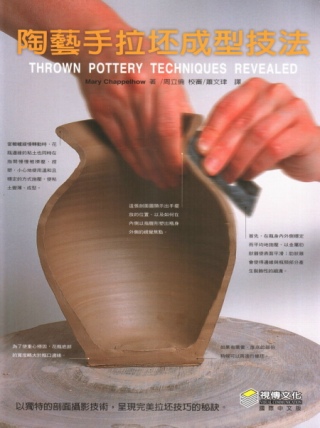 陶藝手拉坯成型技法
陶藝手拉坯成型技法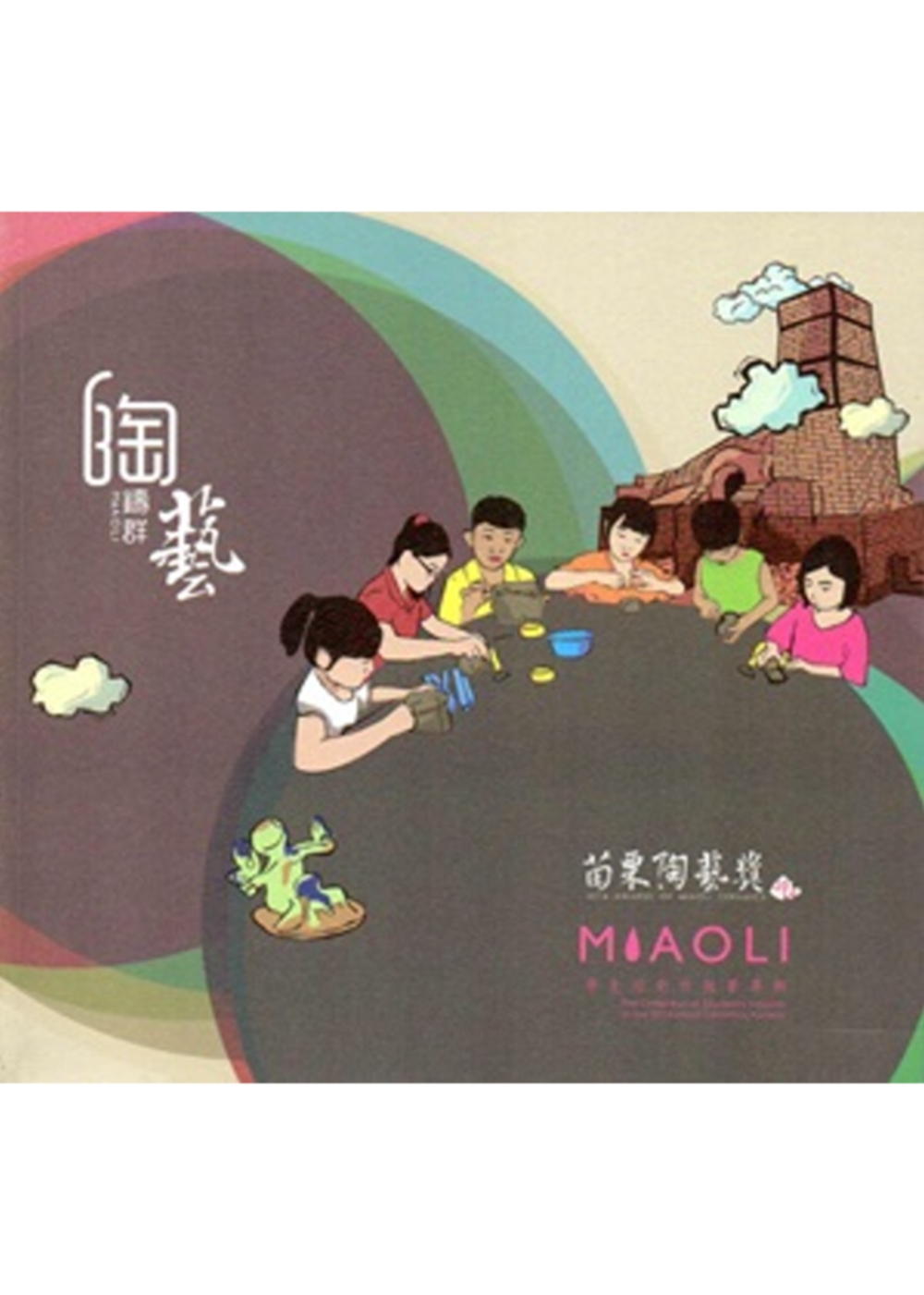 陶鑄群藝:苗栗陶藝獎學生組創作競賽...
陶鑄群藝:苗栗陶藝獎學生組創作競賽...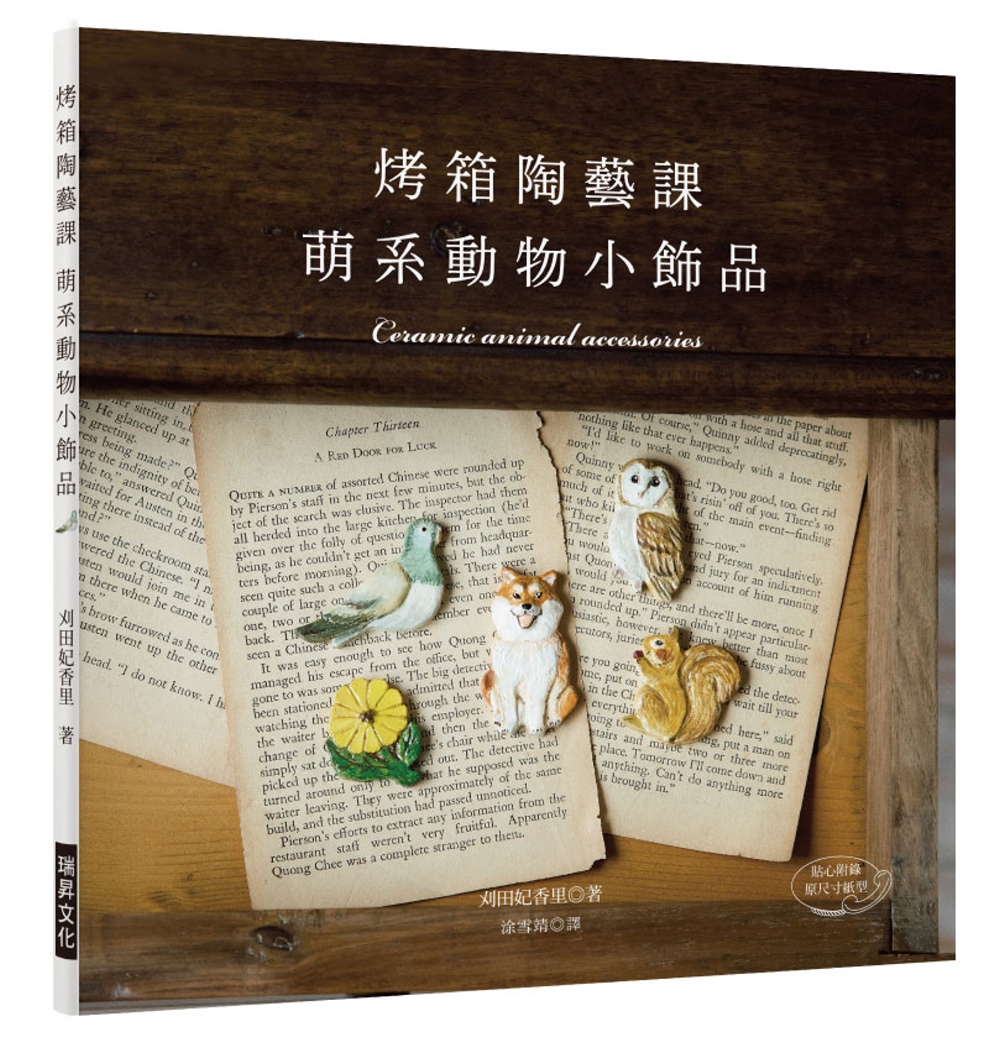 烤箱陶藝課 萌系動物小飾品:只用家...
烤箱陶藝課 萌系動物小飾品:只用家... 陶來我家作客:陶藝生活美學邀請展
陶來我家作客:陶藝生活美學邀請展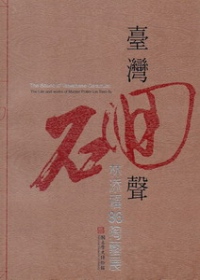 臺灣(石回)聲,林添福86陶藝展
臺灣(石回)聲,林添福86陶藝展 桃樂絲嬉遊記:用陶藝、遊戲與科學實...
桃樂絲嬉遊記:用陶藝、遊戲與科學實... 第七屆臺北陶藝獎:創作獎.主題獎
第七屆臺北陶藝獎:創作獎.主題獎